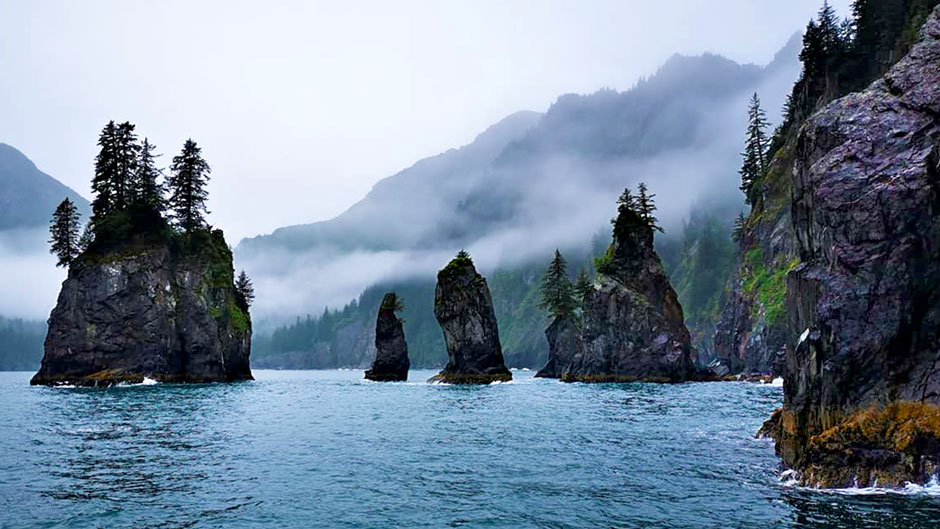If the nation is to achieve its goal of safeguarding critical marine ecosystems and other ocean resources from detrimental human activity, it must not only establish more marine protected areas (MPAs) but also ensure they are strictly managed to accomplish desired results, a University of Miami environmental scientist and others agreed in a recent study that examines these important ocean zones.
“The detrimental impacts of not having an adequate number are just too costly,” said Daniel Suman, a professor of environmental science and policy at the Rosenstiel School of Marine, Atmospheric, and Earth Science. “Increased threats to marine biodiversity and unchecked overfishing are just some of the consequences. We also lose the opportunity to fully confront climate change because MPAs, most notably those with seagrass beds and kelp forests that absorb carbon dioxide, are important in mitigating greenhouse gases.”
MPAs, which exist worldwide, range from minimally enforced zones, where resources are used in such a way that hopefully does not result in long-term damage to the environment, to no-take zones, where drilling, fishing, mining, and other extractive activities are not allowed.
More than 98 percent of U.S. waters outside the Central Pacific Ocean are not part of an MPA. And the few areas outside the Pacific that do have MPA status tend to be “lightly” or “minimally” protected from harmful human activity, the study found.
But creating more marine protected areas via legislation can be difficult, as opposition can arise from groups like the game and commercial fishing industry and offshore drilling companies. “The key is convincing groups like commercial fishing, for example, that MPAs are actually in their best interest, that it’s beneficial to engage in conservation for the healthy maintenance of fish stocks and their industry,” Suman said. “It can be challenging, and perhaps that’s why we don’t have more MPAs already.”
The U.S., Suman said, is already seeing some of the effects of not having an adequate number of MPAs.
“With changing ocean temperatures that are the result of global warming, we’re witnessing the displacement of fish stocks to the north,” he explained. “We’re seeing cod, for example, move further north from New England into the maritime provinces of Canada. And we need MPAs to protect habitats that are important for spawning and other important life stages of species.”
The Oregon State University-led study, which examined the 50 largest marine protected areas in the nation, noted that the U.S. has nearly 1,000 MPAs that cover 26 percent of U.S. waters, leaving the country only 4 percent away from achieving the goal of the Biden administration’s America the Beautiful initiative, a national effort to conserve 30 percent of U.S. lands and waters by 2030.
“But that’s a bit misleading,” Suman said, “because it’s really Hawaii and the Central Pacific territories where the vast majority of the MPAs are located. When we look at the continental United States, the numbers are depressing.”
Indeed, the percentage of MPAs outside the Central Pacific is paltry, said Suman, noting that only about 2.1 percent of the exclusive economic zone in the Southeast is protected by an MPA. “It’s a little better, 4.7 percent in the Northeast,” he said. “But Alaska is only 0.7 percent, so less than 1 percent of Alaskan waters are declared an MPA. And that’s extremely depressing because climate change impacts are the greatest in polar regions.”
Suman called for reestablishing the Marine Protected Areas Federal Advisory Committee, which was disbanded by the Trump administration. “It was a great mechanism for communication among all the different sectors of our marine environment and for strengthening our system of MPAs,” noted Suman, who served on the very first MPA federal advisory committee. “We desperately need it again.”

